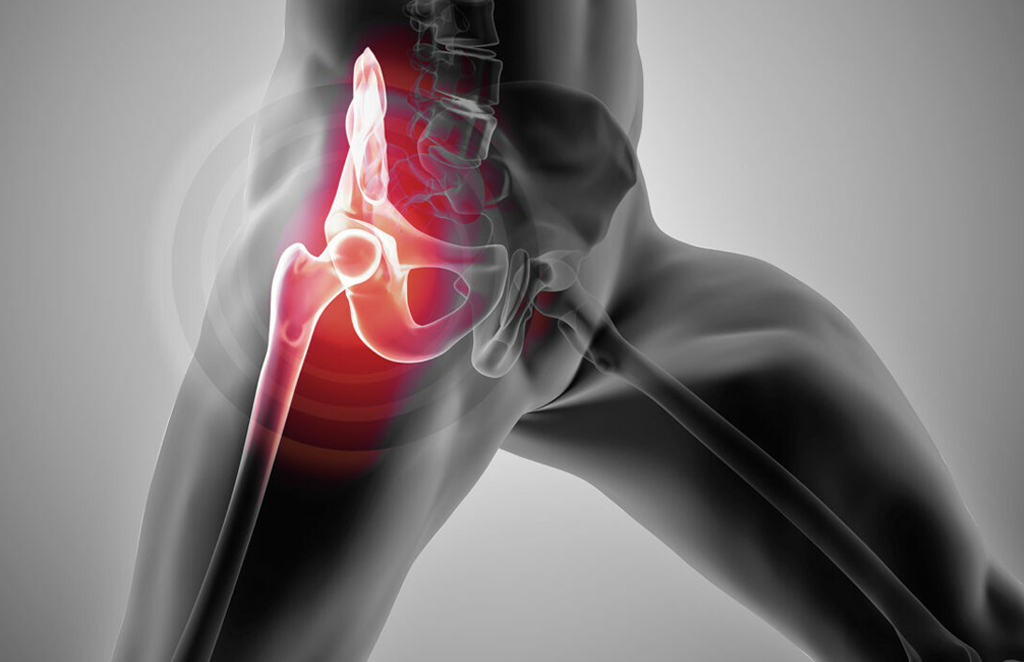Osteoarthritis is the most common orthopedic condition that affects millions of people across the globe. Although it can occur in any joint in the body, it commonly occurs in the knee, hip, and shoulder joints. Osteoarthritis is a degenerative condition that occurs due to the wear and tear of the cartilage tissue that surrounds the joints. Since the condition may get worsened over time, one should get immediate treatment for osteoarthritis.
Stem cell therapy for hip osteoarthritis is an advanced regenerative therapy that helps to repair and regenerate healthy tissue non-surgically. Hip osteoarthritis causes pain around the hip joint that worsens over time by making it difficult to bend and walk. Surgery for hip osteoarthritis treatment often remains challenging since surgery involves extended periods of recovery and rehabilitation.
Hip Osteoarthritis
The cartilage serves as a cushion around the joint which protects against the friction between the two bones. Hip osteoarthritis is a chronic condition that causes severe pain and stiffness. It significantly affects a person’s ability to walk and have a hassle-free lifestyle. Although osteoarthritis is common with processes of aging, it can also occur due to an injury to the hip joint, malformation of the hip joint at the time of birth (developmental dysplasia of the hip) or due to obesity.
The pain resulting from hip osteoarthritis worsens in the morning and after resting for a while. Also, the pain increases while performing rigorous or strenuous activity. The stiffness in the hip joint causes difficulty to walk or bend. Osteoarthritis of the hip greatly reduces the range of motion.
Mild or initial stages of hip osteoarthritis can be addressed with pain medications, rest and physical therapy. However, patients with severe or advanced stages of hip osteoarthritis would require total hip replacement surgery, which often results in prolonged recovery and post-surgical complications. Stem cell therapy for hip osteoarthritis avoids the need for elective hip replacement surgery and treats the condition effectively with simple needle-based injections.
Stem cell therapy for hip osteoarthritis
Hip pain management often becomes challenging when medications and non-operative methods fail to treat the condition. Treatment of hip osteoarthritis with stem cells is a novel advanced procedure that enhances your body’s healing mechanism from inside without the need for surgery. Stem cells are the biological material that play a crucial role in healing the damaged tissue.
Treating hip osteoarthritis with stem cells injections helps to relieve pain and inflammation without disturbing the integrity of the joint structure. Most of the people who receive stem cell therapy for hip osteoarthritis experience relief from pain and improved joint function within 2 to 6 weeks of receiving the treatment. In some cases, depending on the extent of damage caused to the hip, super concentrated platelets (SCP) injections may be given to speed up the process of healing. SCP injections contain growth factors that further trigger the process of tissue repair and regeneration.
Osteoarthritis stem cell treatment is currently gaining huge popularity with the benefits it carries. Stem cell therapy is a same-day, outpatient procedure that does not require hospitalization. Also, a patient can typically get back to normal routines within 2 to 3 days of receiving stem cells injections for hip osteoarthritis. Osteoarthritis regeneration with stem cell therapy is a minimally-invasive method done with the application of local anesthesia. Since stem cells used in the procedure are collected from the patient, the procedure is highly safe and minimizes the risk of unwanted reaction.
Post-treatment care and management
One should take utmost care that no stress is imposed on the treated joints up to a few weeks after the treatment. The post-management care is minimal, and there is no requirement of medications after the stem cell procedure. However, a few supplements are recommended for 2 to 3 months to benefit healthy tissue regeneration. Physiotherapy exercises are compulsory for a specific period of time as advised by the doctor. These exercises increase the blood flow to the treated area and enable faster tissue repair and regeneration.
Our clinics can help you get rid of orthopedic pain with advanced stem cell treatments. Do visit our clinic in Hyderabad and Mumbai or contact us at 7306070809 for more information.
Frequently asked questions (FAQs)
Does regenerative therapy for osteoarthritis result in any complications?
Stem cell treatment and platelet-rich plasma procedures are highly safe and do not result in any complications. Stem cells and blood platelets used in the treatment are taken from the patient’s body, and hence there is a zero chance of rejection and developing post-surgical complications. Both stem cell and SCP therapies are done with simple injections and do not involve an incision on the skin. In the case of surgery, one might fear the risk of infections since there is an opening or incision made on the surface of the skin.
Do stem cells for hip osteoarthritis work?
Stem cells are the unique cells in the body that can develop into various cell types accordingly. The stem cells present in the bone marrow are collected and concentrated on making them useful for the treatment process. Stem cells release a protein called cytokines that help in tissue repair and regeneration. Stem cells work effectively in tissue regeneration, thereby reducing the pain and inflammation resulting from osteoarthritis.

